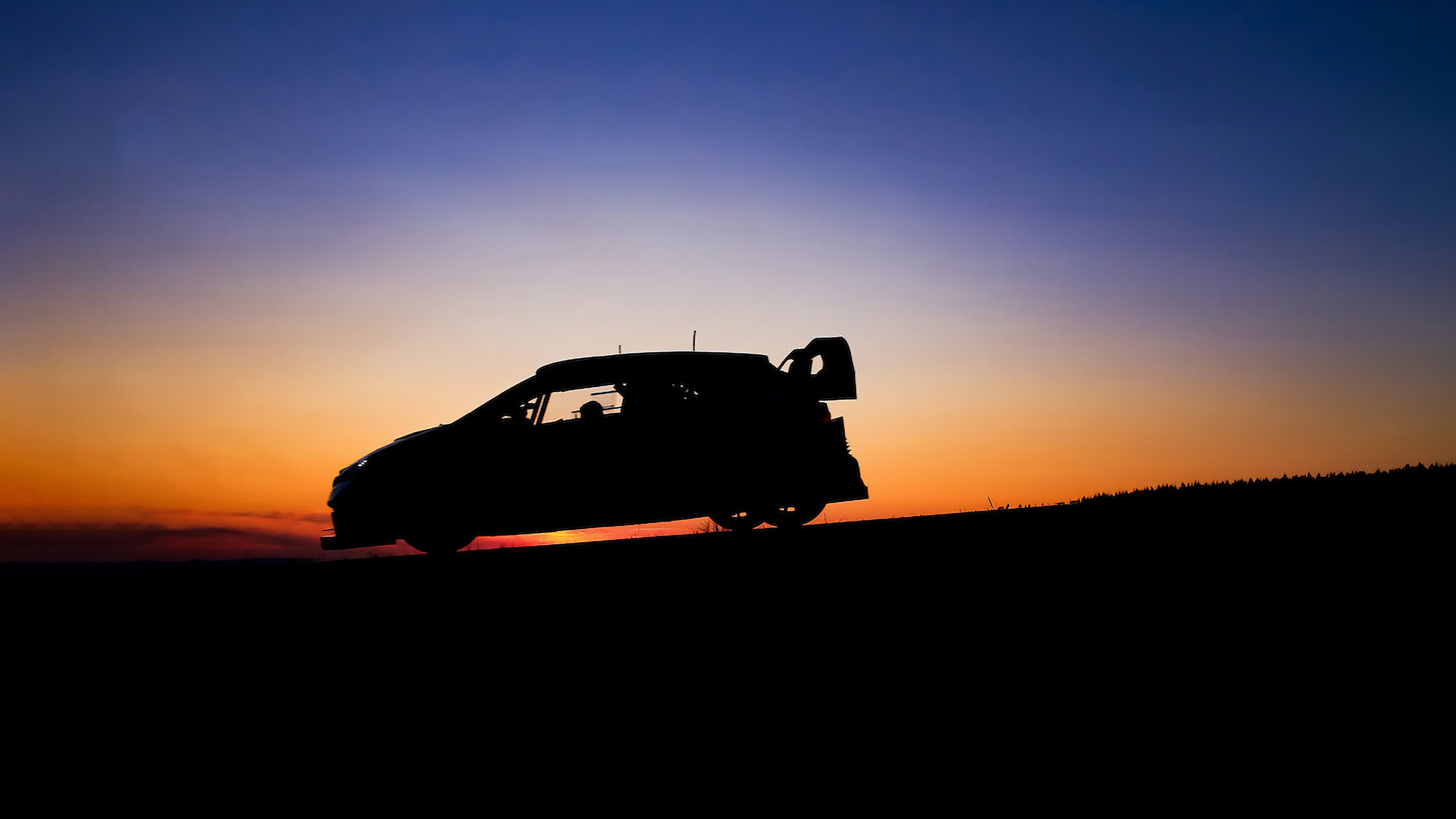
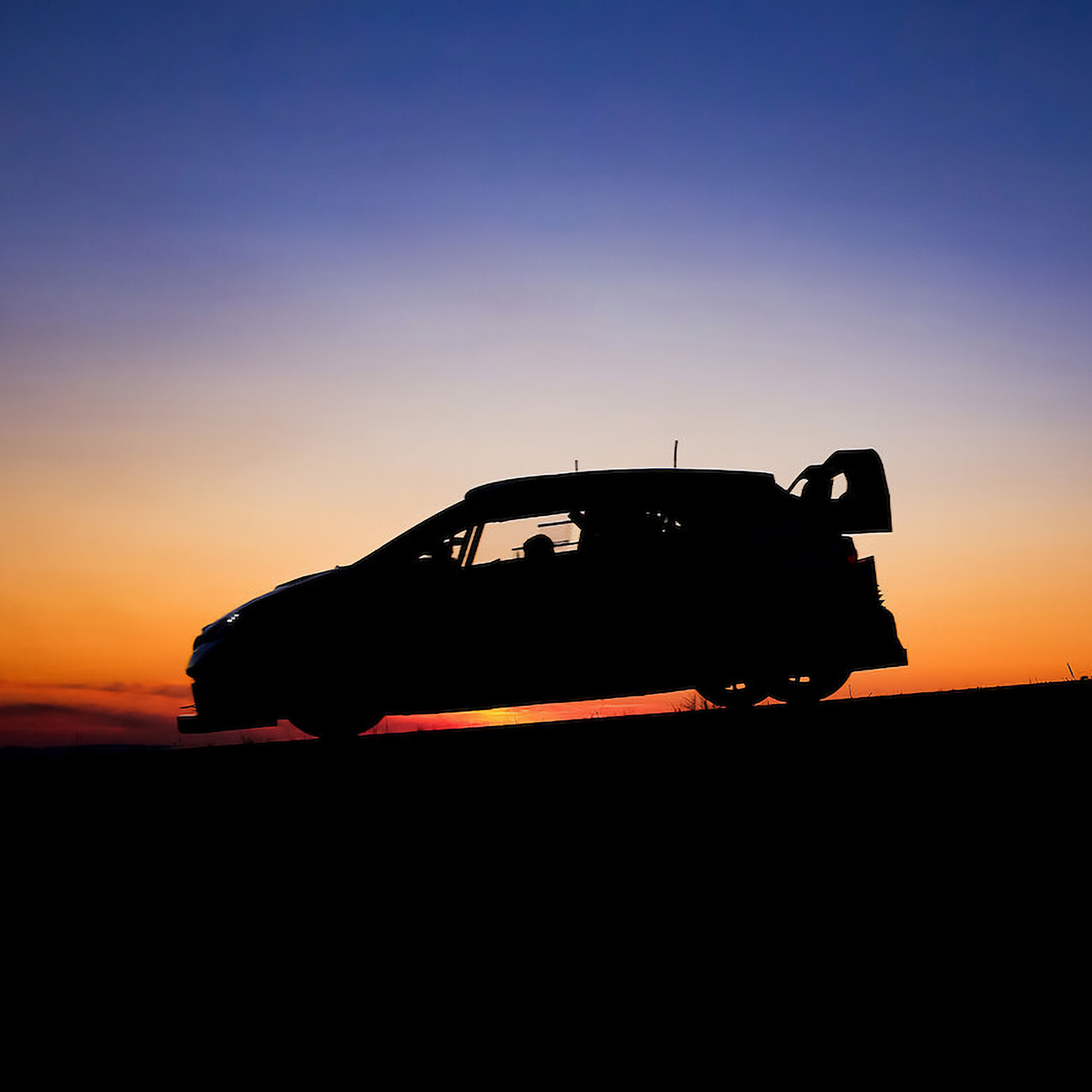


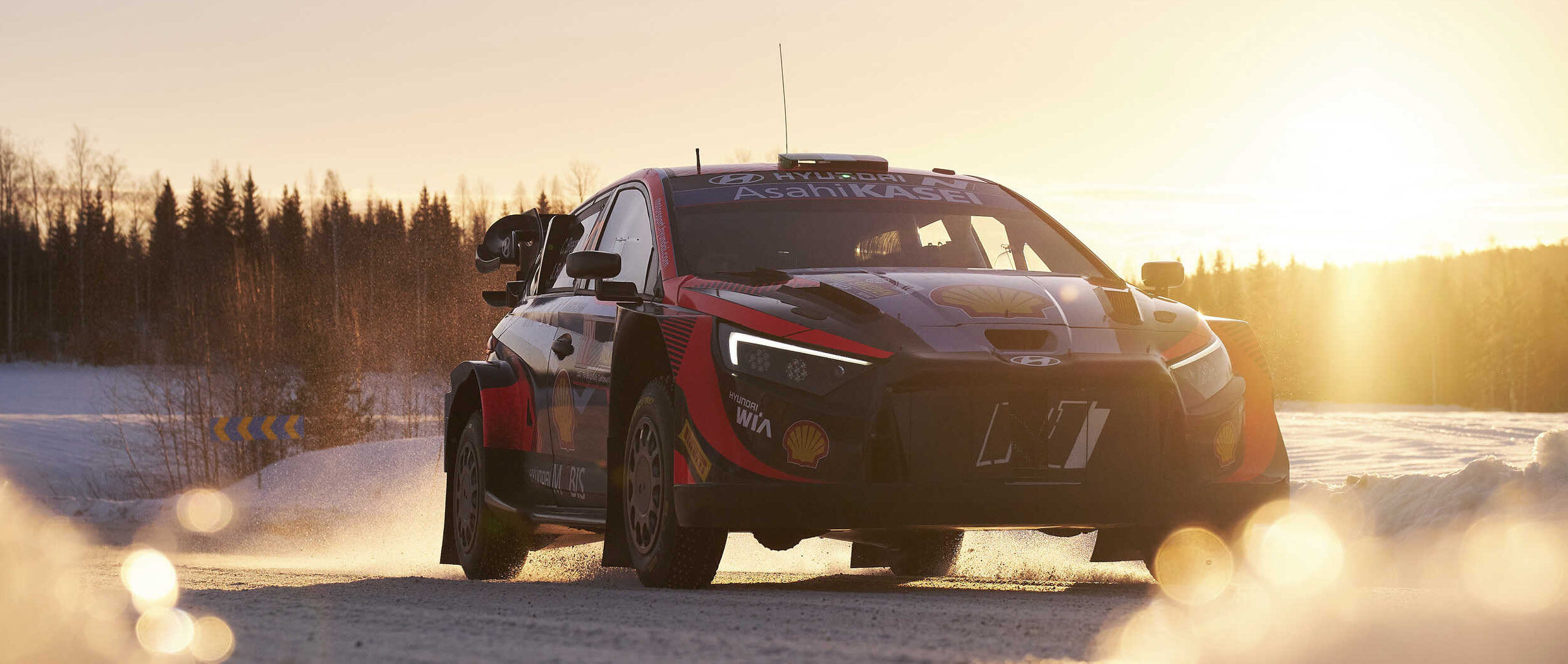
The rally has a very long history; The first year of the Monte Carlo Rally was held in 1911. Early motorsport, which originated in various parts of Europe at the end of the 19th century, was held on unpaved roads connecting cities to cities. This is not much different from the current rally. In 1970, FIA (Federation Internationale de l’Automobile, International Automobile Federation) established IMC (International Championship for Manufacturers) by integrating various rallies from various parts of Europe into one series. And in 1973, its name was changed to WRC (World Rally Championship), and the championship title, which was only for manufacturers, was changed to two titles for manufacturers/drivers and began to have the same format as it is now. In the 50-year history of WRC, the evolution of rally cars - from Group 4 at the beginning of WRC to the recently introduced Rally 1 - is explained here.
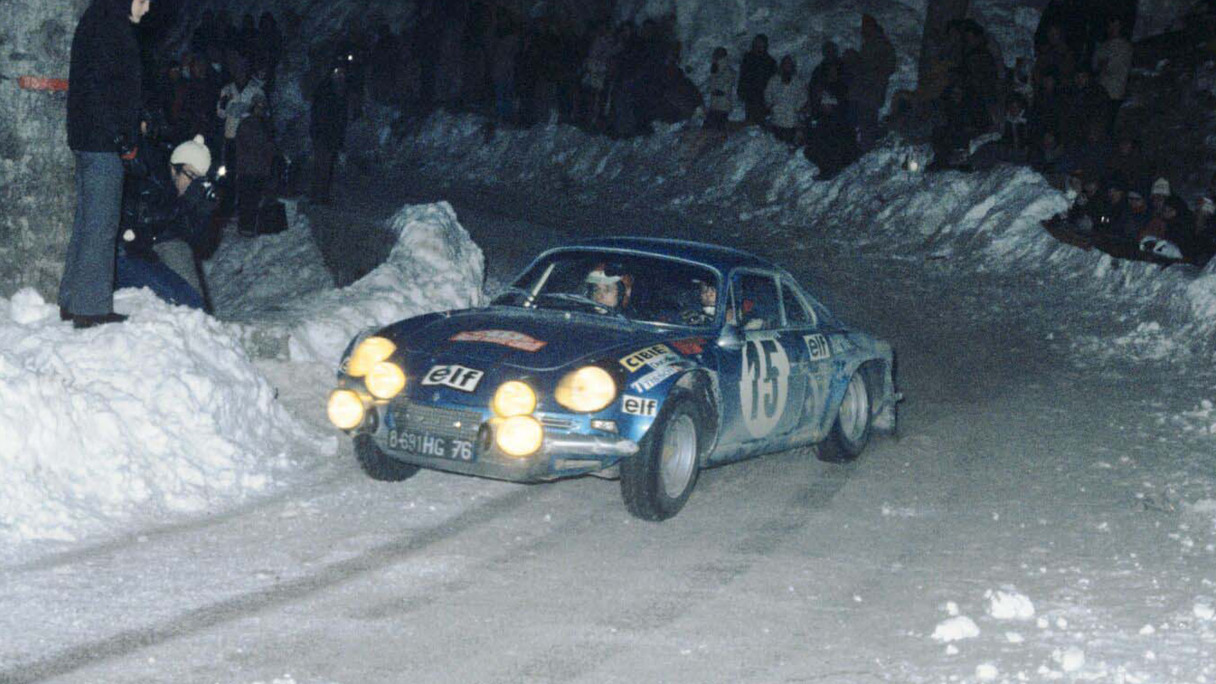
Before the WRC was created, European rally boards had different regulations. For example, Group 1 rally cars were allowed to compete in Monte Carlo, but not in Rally Great Britain (RAC). The most important thing to bring these diverse rallies together was unified regulation.
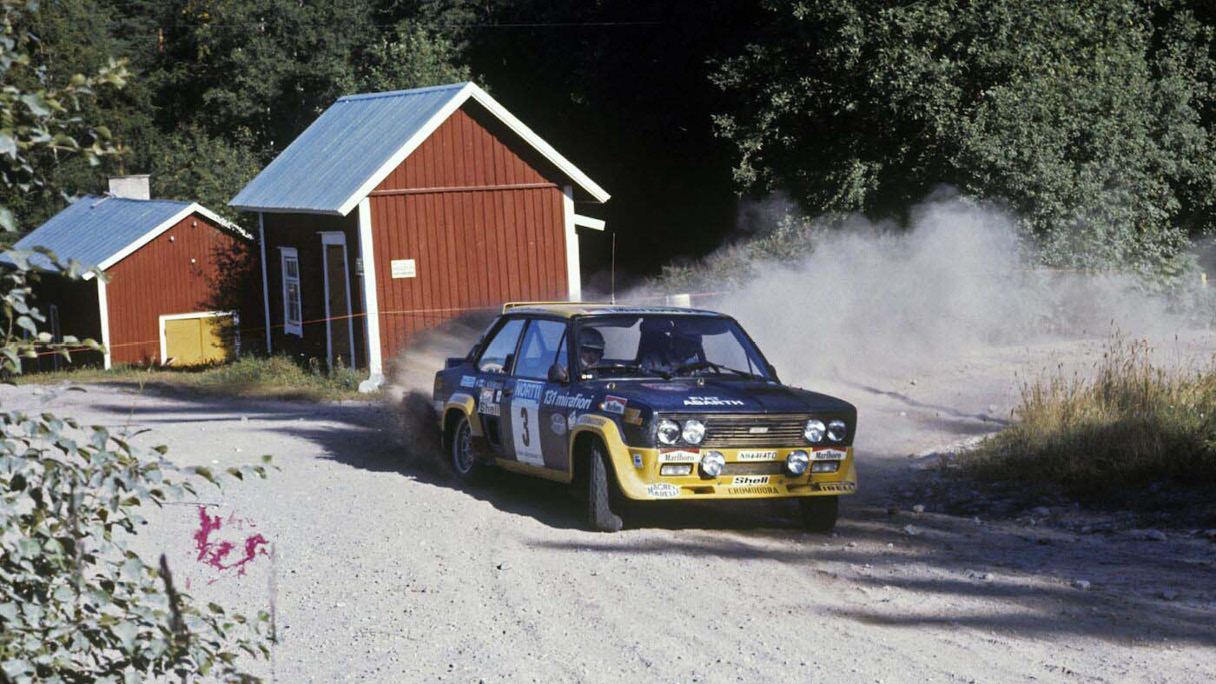
Rally cars in the early days of the WRC followed Group 4 regulation. The Group 4, which was very powerful among racing cars that improved mass-produced cars, was widely used in circuit races as well as in rallies. Group 4 was initially only required to make 25 units in 12 months, but the minimum production number was quickly changed to 500 units due to the possibility of special versions only for approval being made indiscriminately. Legendary rally cars such as the Alpin A110, Ford Escort RS1600 and Lancia Fulvia belonged to Group 4.
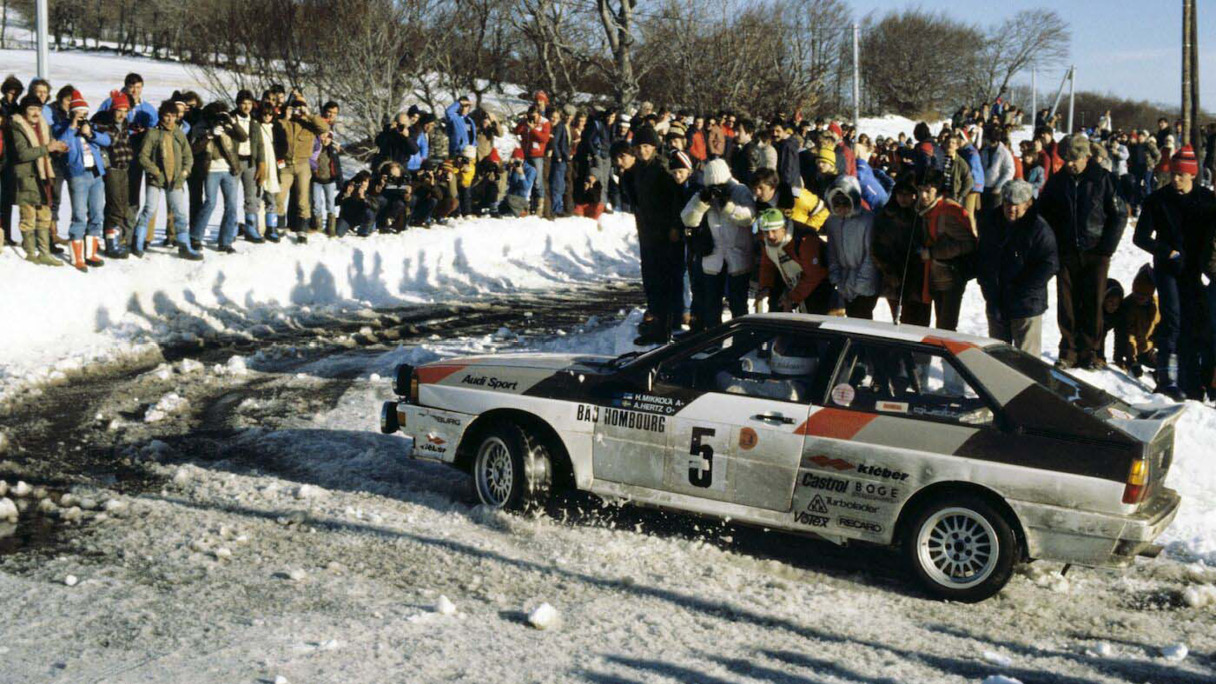
Group B, which started in 1982, has the most dramatic stories in WRC history. When Audi succeeded in introducing the four-wheel-drive system (AWD), which had been legalized since 1979, everyone began to develop four-wheel drive rally cars. At the time, the four-wheel drive system was still complex, heavy, and technologically immature, but the entry threshold was lowered with the introduction of Group B regulation, which required only 200 units to be produced.
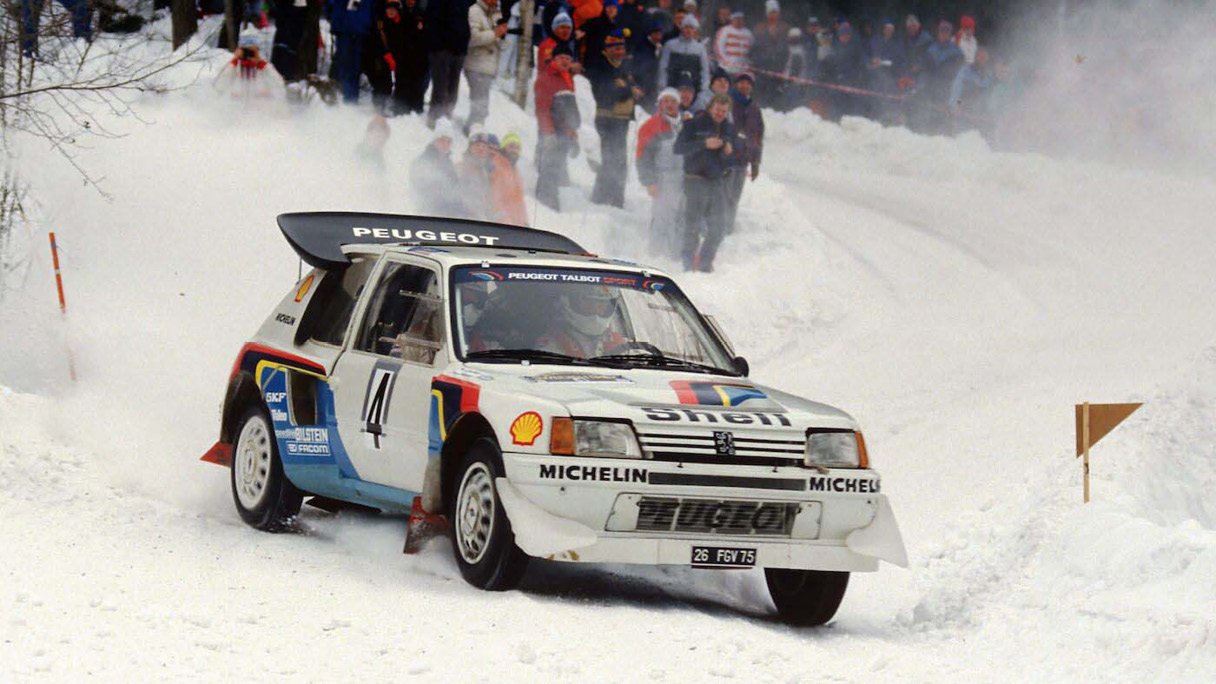
Models such as the Peugeot 205 T16 and Lancia Delta S4 are seemingly small hatchbacks, but in fact, monsters with a composite material body covered with a steel pipe frame and four wheels driven by a mid-engined engine have been continuously produced. There were also some rear-wheel-drive race cars, but through Group B, the four-wheel-drive system was fully established as the standard for rally cars.
As such, Group B gained great popularity with its exhilarating high performance. However, its glory did not last long. The endless power race eventually led to terrible accidents, and in 1986 it was replaced by Group A.
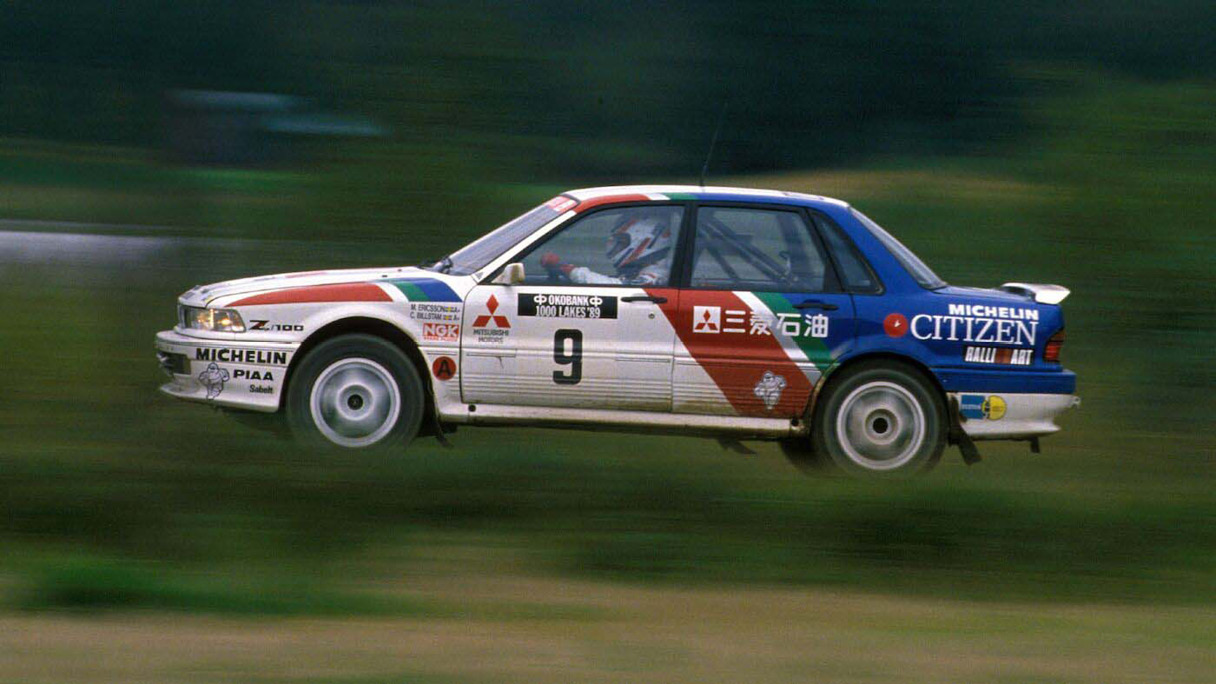
Group A, which started in 1987, moved into the realm of mass-produced cars as regulations were tightened to produce 2,500 units within 12 consecutive months. However, it was not easy to challenge the WRC with a general mass-produced car that did not have Rally in mind. A mass-produced car suitable for a rally with four-wheel drive and a high-performance engine was not very common.
Just in time, Lancia, which was preparing a four-wheel drive high-performance version of the compact hatchback Delta, seized the opportunity. Delta HF dominated the first half of the Group A era by winning the championship title for six consecutive years from 1987. In the 1990s, Japanese cars such as the Toyota Celica GT-Four, Subaru Impreza WRX, and Mitsubishi Lancer Evolution became mainstream.
However, it was difficult even for the major automakers to produce 2,500 mass-produced vehicles suitable for rally cars per year, so the number of participants began to decline. So, WRC prepared a new world rally car regulation and drew the participation of manufacturers.
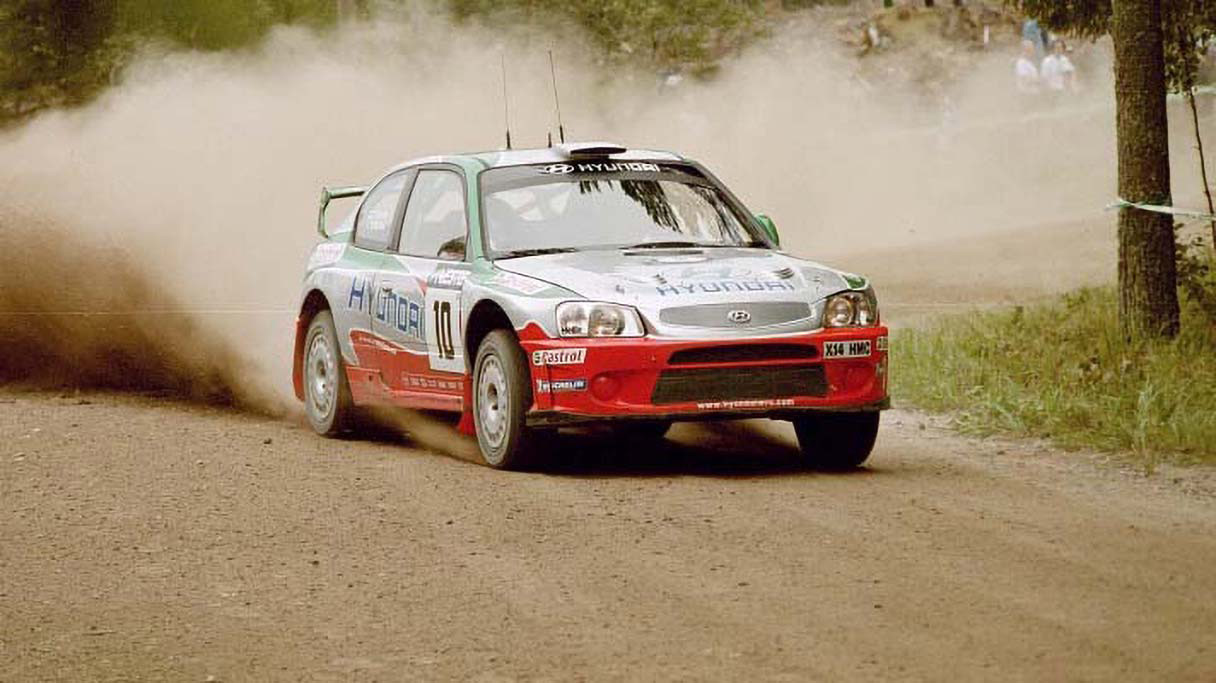
The biggest feature of World Rally Car, introduced in 1997, was that the special model for official use that Group A used to demand was no longer needed. It took measures to enable manufacturers without four-wheel drive high-performance compact cars to participate in the WRC. With more than 2,500 mass-produced cars, it was possible to convert them into rally cars by changing many parts such as the high-performance engine, AWD system, and suspension. Thanks to this, not only Peugeot, Citroen, Skoda, Volkswagen, Seat, and Mini, but also Hyundai Motors decided to participate in the WRC. Hyundai Motor Company, which had no experience developing a rally car at the time, entrusted the development work to MSD in the UK to complete the Accent WRC with a 2.0L turbo engine and an active differential mounted on the body of the Accent (Verna in Korea).
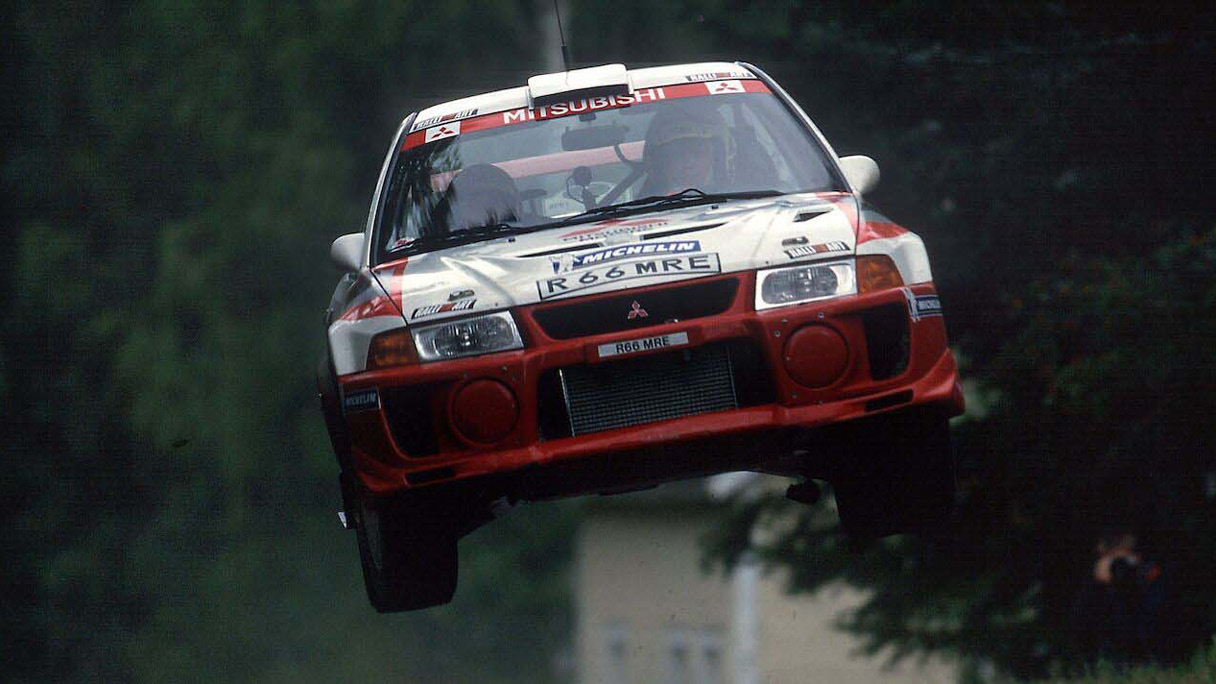
The World Rally Car’s air restrictor limited its maximum output to 300 horsepower; However, manufacturers have evolved rally cars by using outlandish ideas such as active differentials, electronically controlled dampers, electronic clutch control, as well as ground clearance control via GPS. In order to suppress the rapidly increasing operating cost, from 2011, regulations were strengthened, such as mechanically restricting the front and rear differentials and limiting the use of expensive materials such as titanium, carbon fiber, and magnesium.
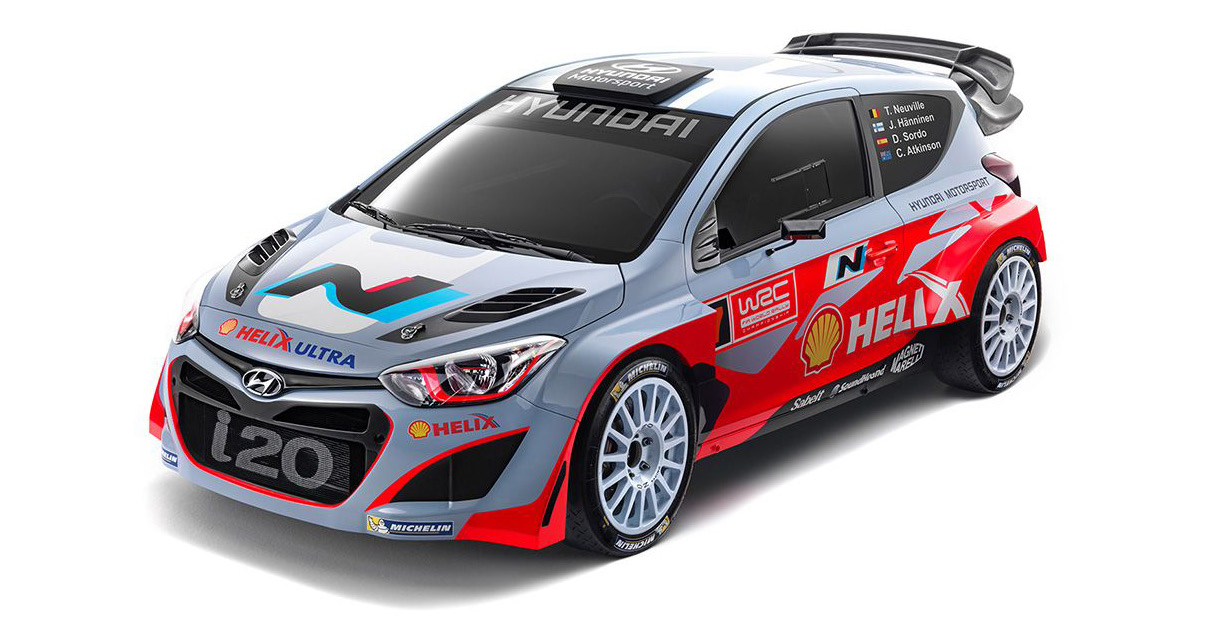
The i20 WRC, which Hyundai Motor Company brought back in 2014 after leaving the WRC in 2003, is also a world rally car. Developed by Hyundai Motorsport in Alzenau, Germany, based on the second-generation i20, this car gave Hyundai Motorsport GmbH its first WRC championship (driver: Thierry Neuville) at the German Rally that year.
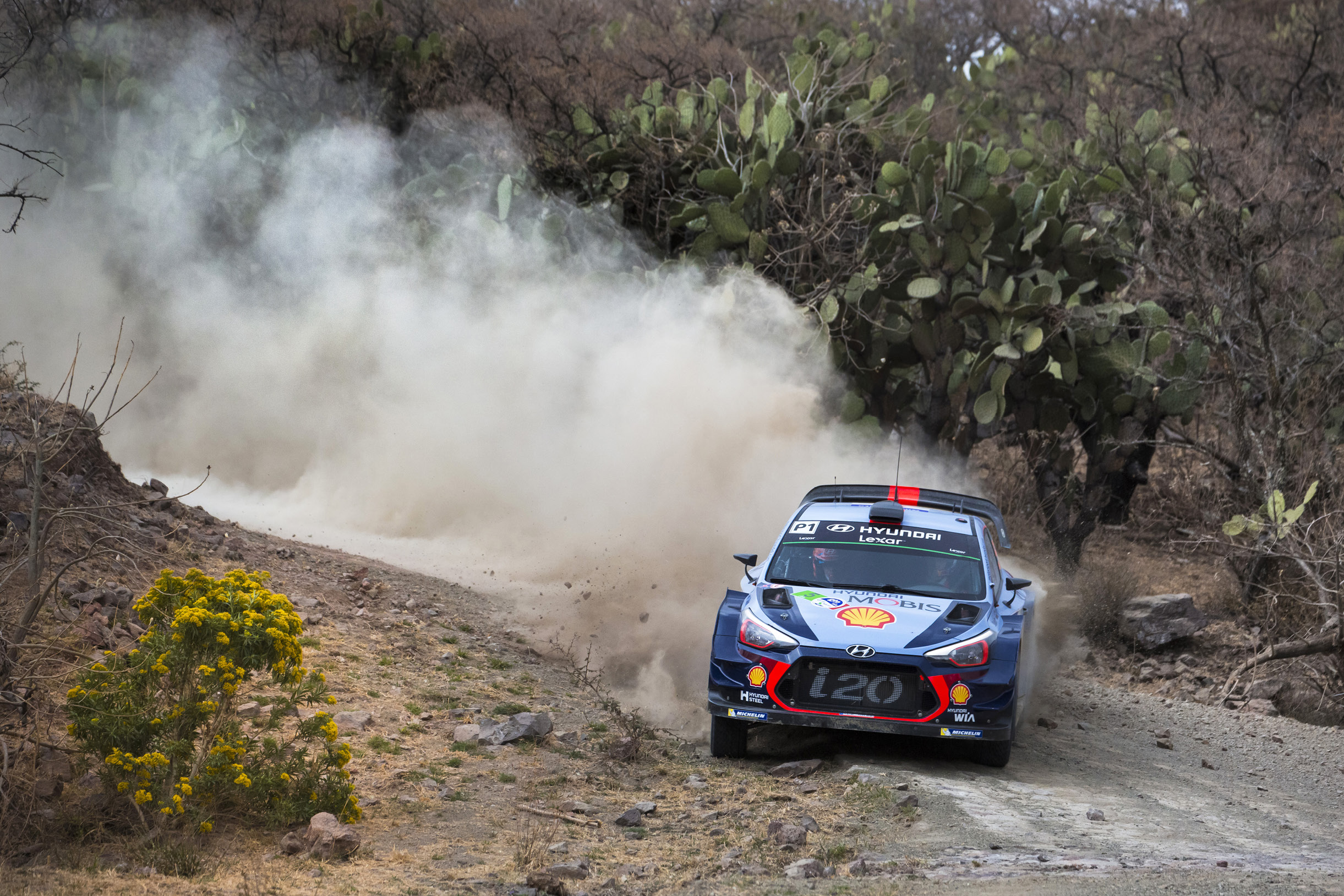
In 2017, there was a major change in world rally car regulation after 20 years. Instead of reducing the engine displacement from 2.0L to 1.6L, the maximum power was increased from 300 horsepower to 380 horsepower by increasing the diameter of the intake restrictor. Also, the center active differential, which had been banned since 2011, began to be used again. Its looks have also undergone many changes, with increased width, increased rear wing size, and relaxed regulations regarding wheel arches and rear diffuser, giving more freedom to aerodynamic design. Its bold appearance and high performance evoked nostalgia for the Group B era.
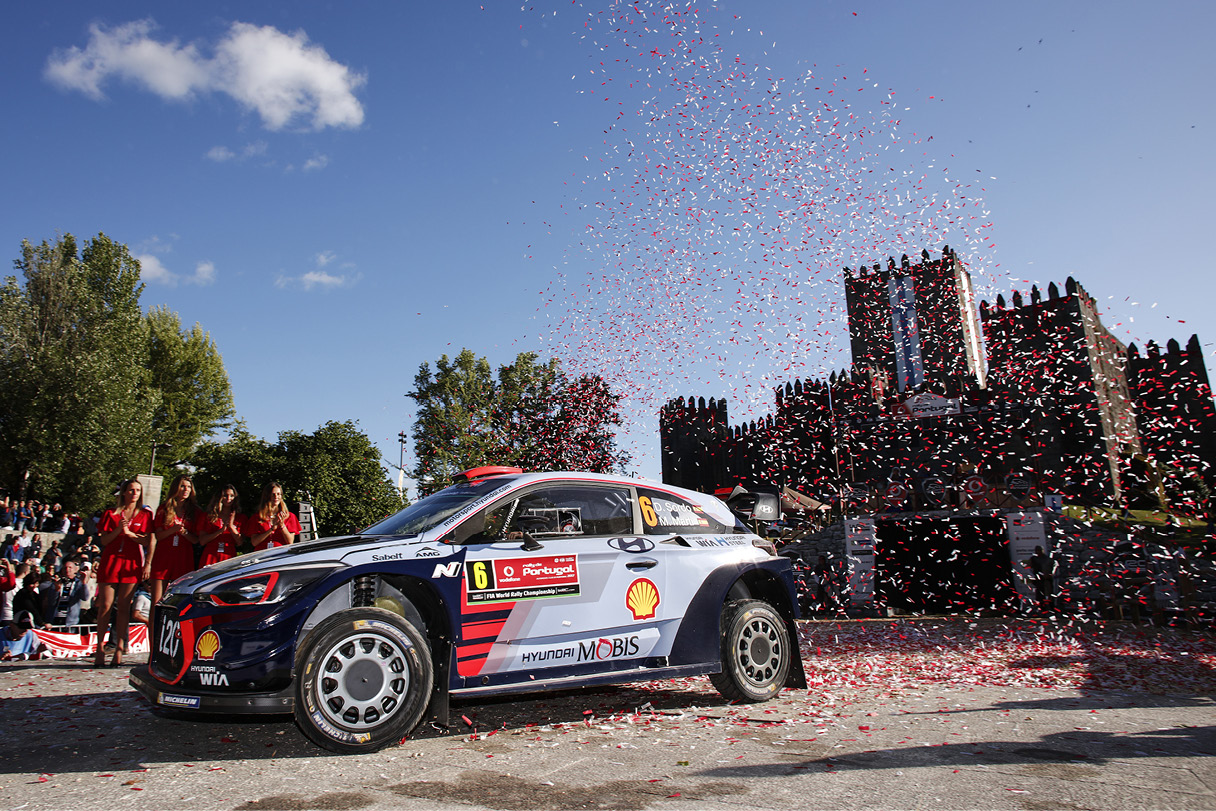
As its name implies, the i20 coupe WRC, introduced by the Hyundai team in 2017, changed the chassis to a 3-door hatchback instead of the 5-door hatchback used in 2016, and was armed with bolder fenders and aerodynamic parts using a wider width. Its drivetrain consists of a combination of a 1.6L turbo engine with 380 horsepower and a center active differential. Team Hyundai won the manufacturer’s championship title for the second year in a row, recording 17 wins and 62 podiums in the 2019 and 2020 seasons with the new i20 Coupe WRC race car.
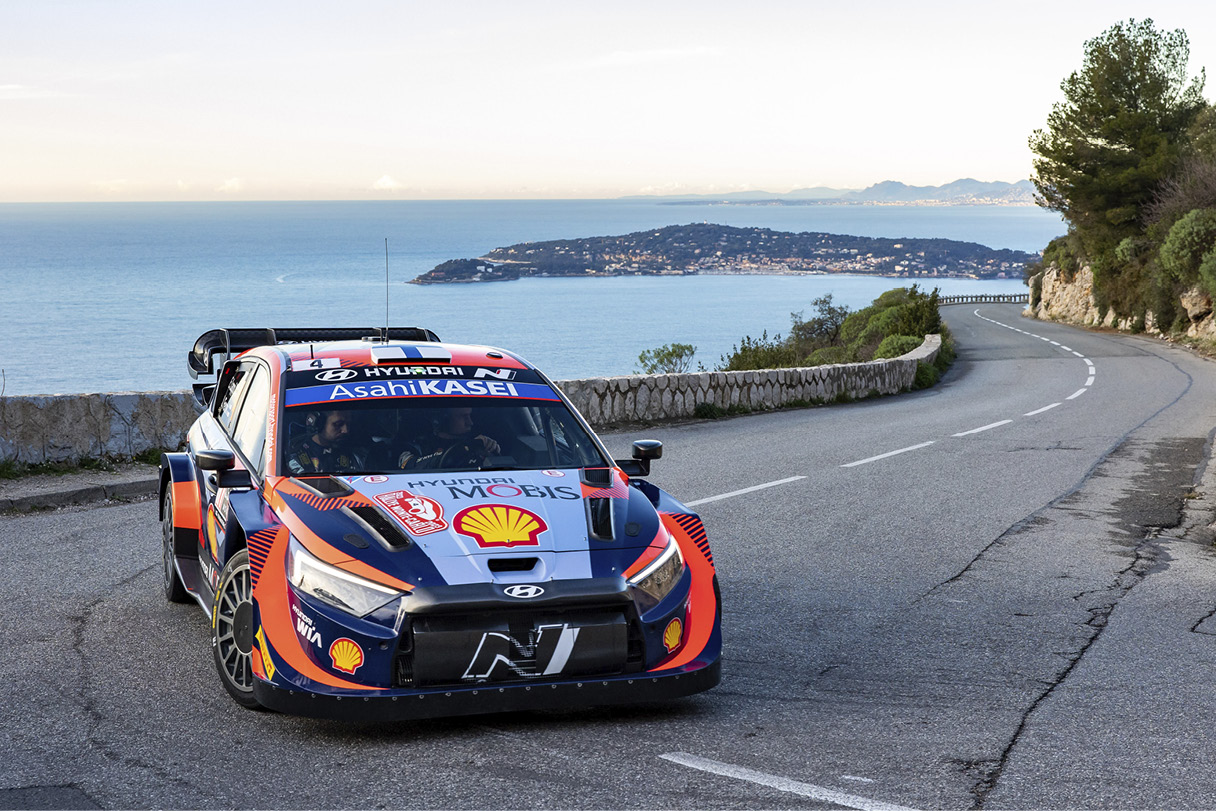
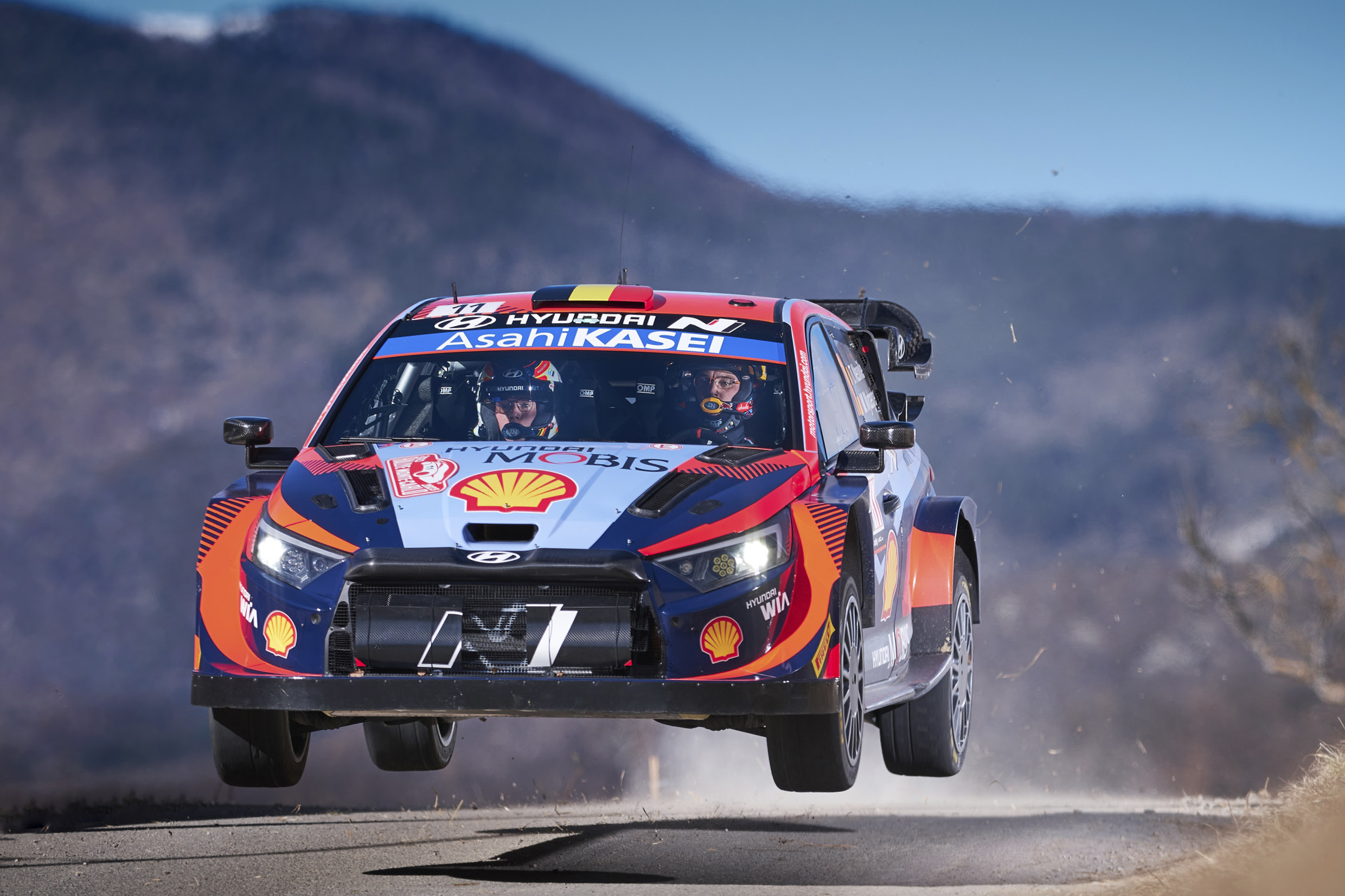
Efforts of each manufacturer to improve power within tight regulations are continuing even at this moment. Hyundai Motor Company’s i20 N Rally 1 also differs in detail from last year’s; A sharper nose tip reduces drag at the front of the vehicle. In addition, the slope of the front fender was made almost straight to secure additional downforce. Widened wheel arch openings more effectively vent air around the wheels. The rear wing design has also changed a lot from last year. Of course, updates to the i20 N Rally 1 will continue throughout the season.
By Sujin Lee, automobile critic
Excited about the 1991 establishment of the first domestic auto mania magazine 〈Car Vision〉, I sent a series of long letters there that led to an unexpected hire. After becoming an editor and the Editor-in-Chief for 〈Car Life〉 and 〈Car Vision〉, I have started a new career as an auto critic. My recent interests include cutting-edge techs like electric cars, connected cars, and autonomous driving, but the ‘otaku’ in me doesn’t want internal combustion engines to disappear either.
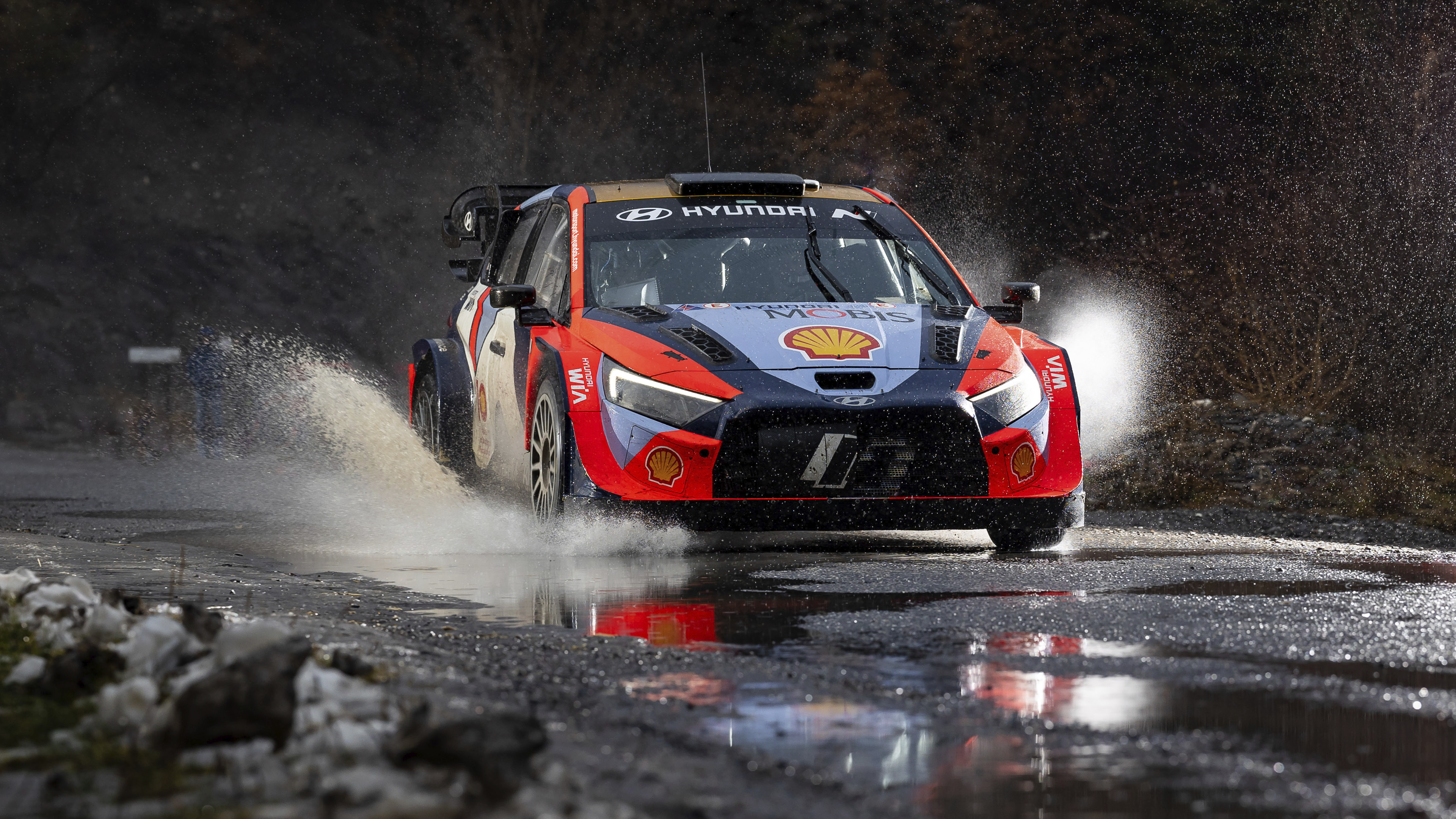
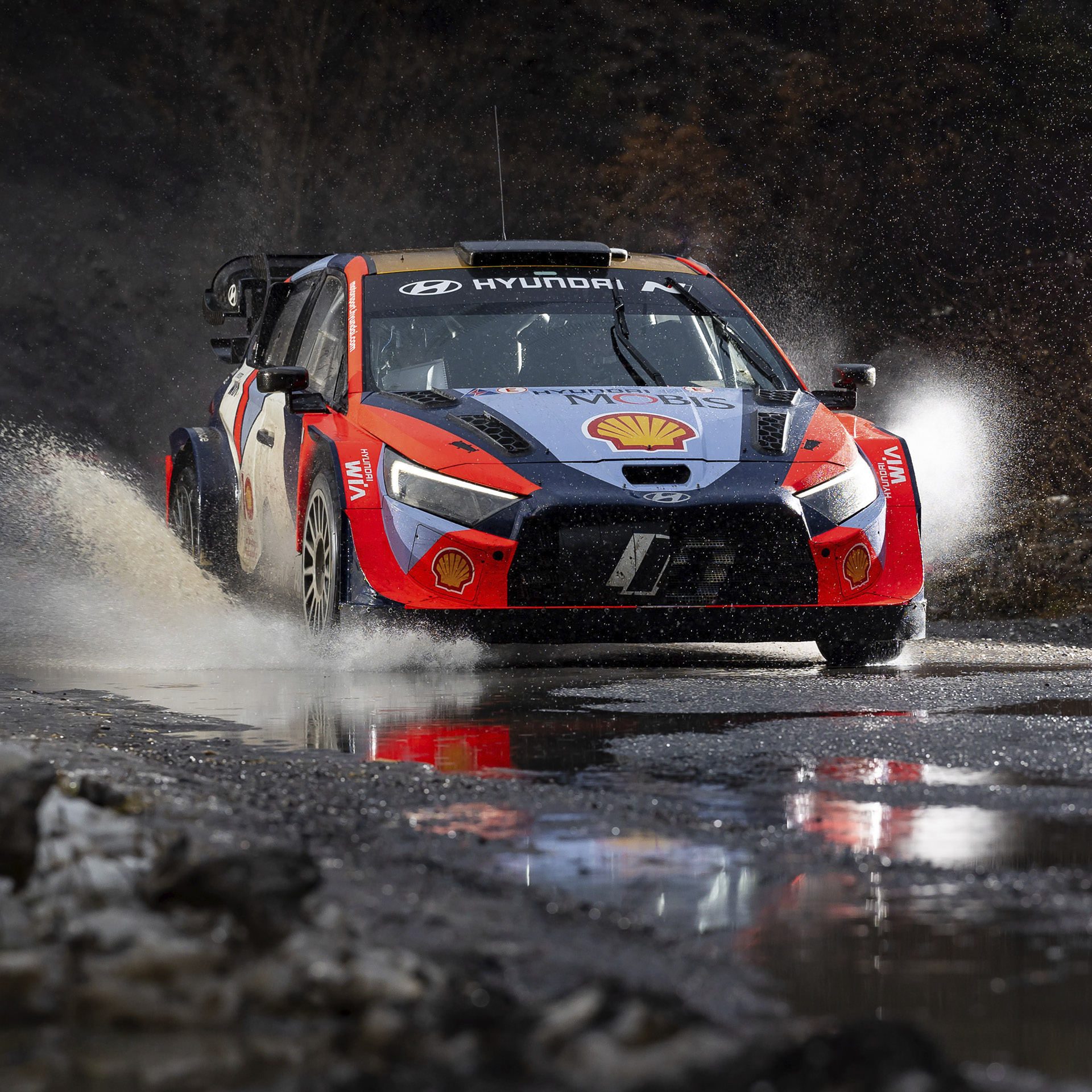
So, What’s New for The 2025 World Rally Championship?
2025.02.12 13min read